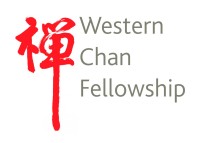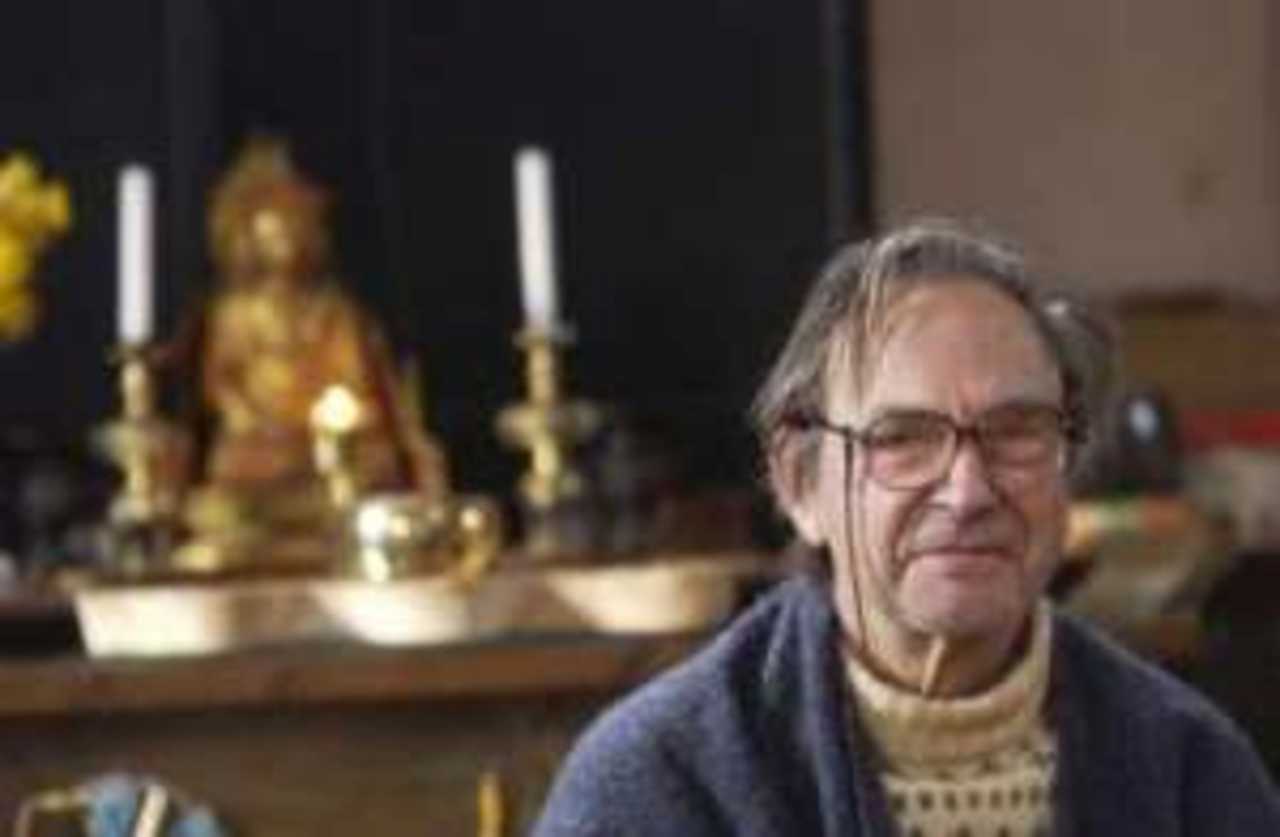The Two Ways of Working with Knowledge
The reach of the human mind becomes more extraordinary the more one contemplates it. Some recent studies have compared the two main ways by which we deal with the knowledge that accumulates in our heads during our lifetime. These two ways have not always been recognised or one has been given priority over the other. In the practice of Zen, these two ways are both employed but to rather differing purposes and outcomes. In our practice, we need to understand this to avoid making false judgements and deviation from the "Middle Way".
The two ways of thinks can be described as 'analytical' on the one hand and 'holistic' on the other. What does this mean?
Analytical or discriminative thinking follows the normal structure of language in making distinctions between ideas and words as discrete structures or meanings each one quite distinct and differentiated from others. This is the usual way in which we talk, study, and do much thinking and science. It makes words into discrete 'things' or actions. We become so used to it that it feels quite natural and obvious, seeming to express the form of the natural world and our engagement in it.
Holistic thinking links thoughts and feelings together into patterns within which more discrete ideas are closely associated as aspects of a single 'whole'. This is actually the normal way by which we become aware of circumstances but it is quickly broken up into its precise bits through the immediate and habitual intervention of the analytical mode. Holistic thinking is the way by which we appreciate poetry and feel its power. Take for example these words from Keats’ Ode to autumn;
Season of mists and mellow fruitfulness
Close bosom-friend of the maturing sun
Conspiring with him how to load and bless
With fruit the vines that round the thatch-eves run
We do not experience these words as separate things but rather take the whole picture as one, vividly felt state. Of course, it is then possible for an analyst to examine the grammar or the choice of words but that is not how poetry is read or intended to be received.
The whole issue has been opened up recently by some thoughtful work on the writings of the great German author, play write and poet Goethe. He was actually deeply involved in scientific investigation but is barely recognised as a scientist because he did not express his discoveries in the analytical way of most scientific thought. Much of his scientific work is actually quite valid when seen in the light of the interconnectedness of the natural world. The distinction has been expressed as looking at 'unity in multiplicity' (holistic) as opposed to 'multiplicity in unity' (i.e. analytical)1.
It so happens that this holistic way of thinking is re-emerging in contemporary sciences. For example, in evolutionary theory it is possible to analyse the links between species living in a wood but also to apperceive the wood as a holistic system – trees taking nutriment from the soil turning it into energy through photosynthesis in leaves, providing humus giving rise to bacteria and algae, plants eaten by insects eaten by birds each within its’ own niche’ Great Tits exploring twigs and ground cover, Blue Tits more focused on twigs, Wood Warblers living in tree tops, Robins low down, while foxes take voles and rabbits . The ‘whole’ is the wood. Scientists see this as the ecosystem. Both analytical and holistic thinking are used here, some preferring the think one way and some the other. Another example is the co-dependency of flowers and bees. They have evolved in relation to one another.
In our practice of Zen we make distinctions between, on the one hand, the hassling mind beset with detailed fusspotting over items of concern and, on the other, the awareness of total patterns. These latter can include apperceiving the relationship between worries and the total experience of a present moment in which troubles may dissolve. We then allow the worrying distinctions between past and future merge in being 'present within the presence of the present'.
When we can see clearly the difference between these two ways of being here, we can understand the differing action of these modes of thought. Understanding this is very helpful when we consider our practice of meditation. Making the distinction in practice is however not so easy. We are so educated in analytical thinking that we attach to 'things' habitually, locking ourselves up in past concerns or future possibilities. To appreciate the presence of the present we need to drop that and fall into the holistic mode. With practice, this becomes a whole mode of being present. As we know this relieves us of much anxiety, calms the mind and opens us up to a perception of reality quite distinguishable from that of our worried attachments.
When we sit, we need to know where we are in our thinking, drop the analytical and see the merging of present experiences in the continuing wholeness of being. When we understand this, we are ready to look into the Middle Way that brings them together and accepts difficulties without denying them. We place them in the wider context of a continuum of passing time. Fixating neither in 'things' nor disappearing into 'emptiness', we come to the Middle Way. This is where Self at Ease begins.
After this bit of thinking, let us now return to our practice.
Investigate!
Chuan deng Jing di
Thursday, August 19, 2010
Notes
- Bortoft, H. 1998. Goethe’s Scientific Consciousness. Institute for Cultural Research 22. London.
- Publication date:
- Modified date:
- Categories: 2010 Teishos John Crook John Crook
-
 Western Chan Fellowship CIO
Western Chan Fellowship CIO - Link to this page
Back

©Western Chan Fellowship CIO 1997-2025. May not be quoted for commercial purposes. Anyone wishing to quote for non-commercial purposes may seek permission from the WCF Secretary.
The articles on this website have been submitted by various authors. The views expressed do not necessarily represent the views of the Western Chan Fellowship.
Permalink: https://w-c-f.org/Q372-71



